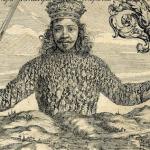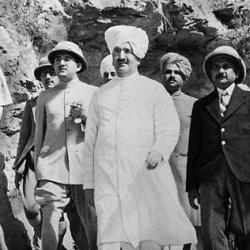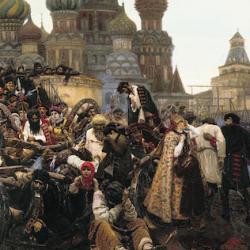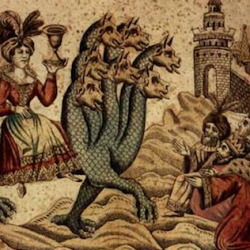Writing in 1942, Christopher Dawson already recognized (Judgment of the Nations, 52) the inner contradiction of the international principles embodied first in the League of Nations. “Self-determination” was the ideal for every people; yet at the same time technology was bringing nations into ever-closer intimacy.
Dawson wrote, “The modern world is being driven along at the same time in two opposite directions. On the one hand the nations are being brought into closer contact by the advance of scientific and technical achievement; the limits of space and time that held them asunder are being contracted or abolished, and the world has become physically one as never before. On the other hand, the nations are being separated from one another by a process of intensive organization which weakens the the spiritual links that bound men together irrespective of political frontiers and concentrates the whole energy of society on the attainment of a collective purpose, so as inevitably to cause a collision with the collective will of other societies.”
This is a special danger not because “men are more warlike than in the past, but because they are more highly organized. War is no longer the pastime of kings and the trade of professional armies, it is the death-grapple of huge impersonal mass Powers which have ground out the whole life of the whole population in the wheels of their social mechanism.”
These Powers cannot be constrained by “the old European system” or the “Liberal democracy that inspired the League of Nations.”
Both processes have continued apace since 1942, as we were reminded this week with Catalonia’s drive for independence, and as we were reminded in the past year by the rise of Trump.












